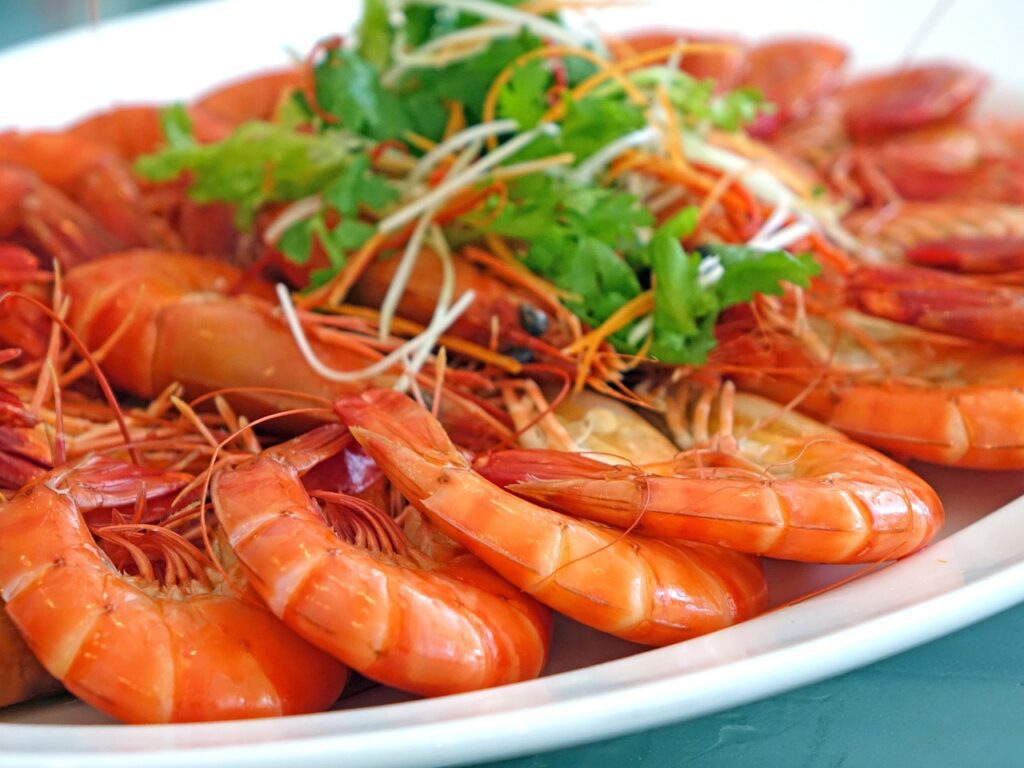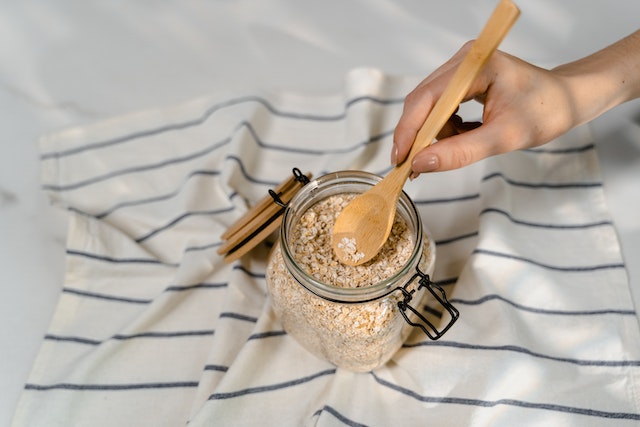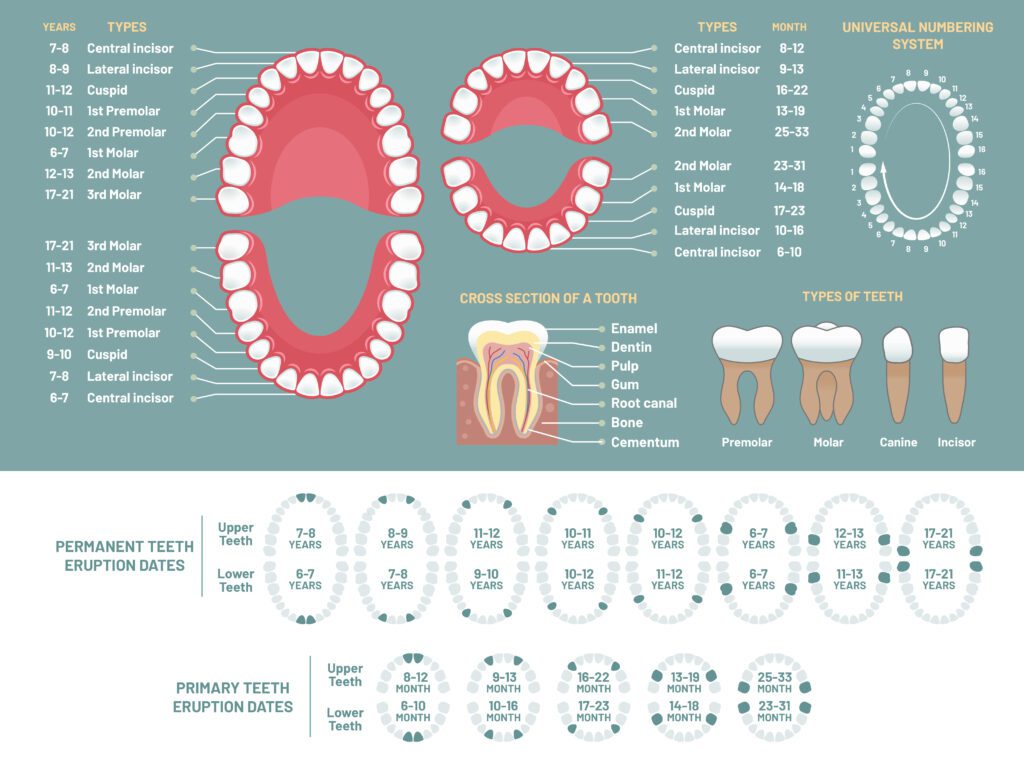Introduction


Shrimp, a versatile and delicious seafood option, has gained immense popularity among food enthusiasts and health-conscious individuals worldwide. Shrimp has quickly become a major in extant diets due to its delicious and robust flavor and various health benefits. We’ll discuss the impact of prawns on your blood sugar levels based on their glycemic index ranking. This article looks at the glycemic index of shrimp and another component that may impact whether eating prawns elevate blood sugar levels.
What is the GI or Glycemic Index?
The glycemic index rates foods high in carbohydrates according to how they affect blood sugar levels. However, Natural Shrimp is still a great source of protein and is an excellent option for those watching their calorie intake for dietary or fitness needs. Blood sugar levels are increased cautiously by eating meals with a low Glycemic Index and rapidly by eating foods with a high GI.
Understanding the Glycemic Index Scale
The GI scale is divided into three categories:
1. Low GI:
Foods in this category cause a slow and steady rise in blood sugar levels, promoting better blood sugar control.
2. Medium GI:
Foods in this category moderately impact blood sugar levels.
3. High GI:
Foods in this category rapidly increase blood glucose and may lead to energy crashes and insulin spikes.
You can see also: THE CURIOUS CASE OF CHICKEN HAIRS | WHAT YOU NEED TO KNOW
Shrimp and Its Nutritional Profile


Before we examine the glycemic index of shrimp, let’s take a moment to understand its outstanding nutritional profile. Shrimp is a low-calorie protein origin that is rich in necessary nutrients such as:
- Omega-3 fatty acids
- Selenium
- Vitamin B12
- Iron
- Phosphorus
- Choline
Shrimp Glycemic Index: Myth or Reality?
Despite being a carbohydrate-free food, shrimp does have a glycemic index value. On the other hand, Prawns have a comparatively low GI, making them a fantastic option for anyone wanting to control their blood sugar levels positively.
Factors that influence the Glycemic Index of prawns.
Like other meals, the glycemic index of prawns varies with the digestive process.
These are some of the components:
- Preparation Method:
How shrimp is cooked and seasoned can affect its GI. Boiled or steamed shrimp tend to have a lower GI than breaded and fried variations.
- Food Pairings:
Combining shrimp with high-GI foods can influence the overall glycemic response of a meal.
The Health Benefits of Consuming Shrimp
Besides its minimal impact on blood sugar levels, shrimp offers a plethora of health benefits, and its low glycemic index, whole grains include:
1. Rich in Protein and Essential Nutrients:
Besides being delectable, shrimp and prawns are also highly nourishing and low in calories. You can have a nutrient-dense diet that supports your well-being by including these seafood selections in your meals.
2. Supports Heart Health:
The omega-3 fatty acids in shrimp benefit heart health.
3. Enhances Cognitive Function:
DHA (docosahexaenoic acid), an omega-3 fatty acid discovered in prawns, can enhance thinking ability and preserve brain health.
4. Promotes Healthy Skin:
Shrimp’s rich protein content supports skin repair and maintenance, producing healthy and glowing skin.
5. Supports Weight Management:
Prawns can be a valuable addition to weight management regimens due to their low calorie and significant protein content, encouraging satiety and lowering calorie consumption.
Shrimp and Blood Sugar Levels: Unraveling the Connection
One effective way to ensure your body obtains vital nutrients is by including prawns in your diet. Protein, omega-3 fatty acids, vitamin B12, and essential minerals like selenium abound in these delectable fish options. To understand how shrimp affects blood sugar levels, it’s essential to grasp how the body processes carbohydrates.
Glycemic Index and Blood Sugar Response
High shrimp, glycemic index foods, raise blood sugar levels quickly, giving you an energy boost right after eating them. Unfortunately, a crash is often the next step. On the other hand, low-GI foods like shrimp produce a gradual rise in blood sugar, providing a sustained energy source.
You can see also: HOW MANY SLICES OF TURKEY IS 2 OUNCES | A FULLY GUIDE
Low GI Foods and Their Impact on Diabetes
Low Glycemic diets avert health issues caused by unstable blood sugar, such as obesity, diabetes, and other health issues. Consuming foods low in glycemic index whole grains will help you prevent dangerous rises in blood sugar. You can change your life by switching from high-glycemic foods to those with common glycemic indexes. These foods help avoid sharp spikes and dips in blood glucose, promoting stable energy levels and reducing the risk of complications.
Shrimp vs. Other Protein Sources: A GI Comparison
Shrimp stands out for its shallow glycemic index compared to other protein sources.
Here’s a comparison we can make:
The Glycemic Load of Common Foods
- In contrast to the other items on the menu
- Shrimp is low on the shrimp scale
- White bread is high.
- Brown rice is medium.
- Baked potatoes are high
- And Chickpea is low.
The table shows that shrimp’s GI is significantly lower than other commonly consumed foods.
Shrimp Recipes for a Low Glycemic Diet


Incorporating shrimp into a low-glycemic diet can be a delicious and nutritious experience. Some delectable recipes to try:
- Garlic Butter Shrimp with Zucchini Noodles
- Grilled Shrimp and Avocado Salad
- Lemon Garlic Shrimp Skewers
- .Shrimp Stir-Fry with Vegetables
- Shrimp and Cauliflower Rice Bowl
Incorporating Shrimp into a Balanced Diet
Including shrimp in your diet has numerous benefits. The nutritional value of a dish can be significantly increased by adding shrimp. As with any meal, remember that moderation is vital. Balancing shrimp with various other nutrient-rich foods ensures a well-rounded and balanced diet.
Precautions for Shrimp Consumption
While shrimp boasts numerous health benefits, there are some precautions to consider:
1. Allergies and Sensitivities Individuals with shellfish allergies should avoid shrimp consumption to prevent adverse reactions.
2. Mercury Concerns Due to environmental factors, some shrimp may contain trace amounts of mercury. Pregnant women and small children ought to prevent eating fish and other seafood high in mercury contents.
3. Sustainability and Sourcing Choosing sustainably sourced shrimp helps protect the marine ecosystem and ensures responsible fishing practices.
Tips for Choosing and Preparing Shrimp
Here are some helpful tips for selecting and cooking shrimp:
1. Fresh vs. Frozen Shrimp
2. Proper Cooking Techniques
3. Flavor Pairings
Conclusion:
In conclusion, the low GI value of shrimp has been shown by human-driven research into the glycemic index, further establishing its status as a healthy supplement to one’s diet. Shrimp, which has a high nutrient density and a low effect on blood sugar levels, can be guilt-free by those watching their weight. We may better understand our foods and their impact on our health if we embrace technological progress and the ageless human spirit of inquiry. Let us rejoice in the delicious and healthy treat of shrimp and use our inventiveness and resolve to continue exploring the broad field of nutrition.
FAQs
Q1: Are vital nutrients present in shrimp?
Absolutely! Prawns are a delicious seafood alternative and have multiple beneficial health advantages. High-quality protein, such as that in prawns, is vital for the development of muscles, maintenance, and general health. Additionally, shrimp is abundant in healthy omega-3 fatty acids.
Q2: Is shrimp safe for individuals with diabetes?
Shrimp is healthy for those with diabetes because it has a low glycemic index and rarely influences blood sugar.
Q3: Can shrimp be part of a weight loss diet?
Absolutely! Low glycemic index Shrimp can aid in weight loss. This is mainly because it has few calories while simultaneously being a protein powerhouse.
Q4: How often should shrimp be used in a dish?
There are no strict rules on how often to use shrimp in a dish. It depends on personal preference, dietary balance, cultural influences, budget, and sustainability considerations.
Q5: Can diabetics eat shrimp without risk to their health?
Certainly! Because shrimp has a low glycemic index, individuals with diabetes can safely consume it without risking their blood sugar levels.





